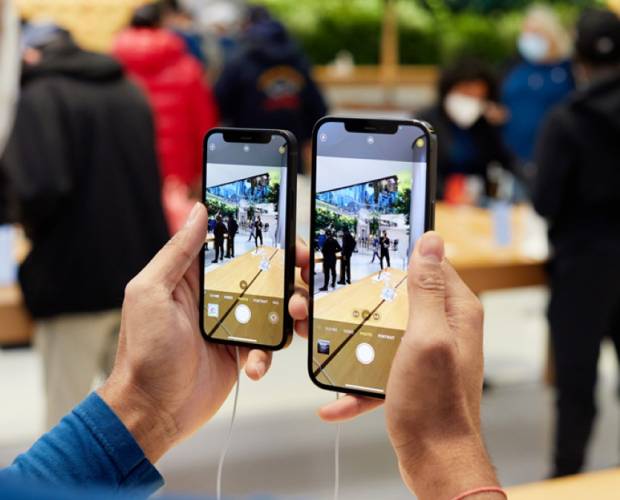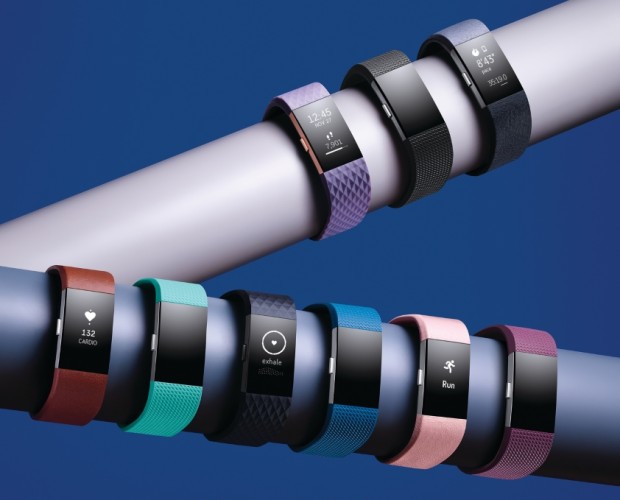 The era of personal computing has taken a distinctly mobile turn – amazing things are possible from a device we carry in our pocket. But as the world of apps grows more expansive, so do the efforts of marketers to collect and use mobile data.
The era of personal computing has taken a distinctly mobile turn – amazing things are possible from a device we carry in our pocket. But as the world of apps grows more expansive, so do the efforts of marketers to collect and use mobile data.
A recent study by Harris Interactive suggests that while the majority of smartphone users are uncomfortable with companies tracking their activity (70 per cent of the 900 UK smartphone users surveyed), only half of those users (46 per cent) were previously aware that such tracking occurred (76 per cent were aware of tracking on their desktop devices).
Advertisers look to mobile activity for a number of reasons. But both where you are and how you use your phone are key aspects of how they determine your mobile identity and, as a result, how they market to you.
New opportunities
Mobile advertising opens up many new opportunities for marketers – for example, the ability to compel people to visit a particular store that they’re near, and to advertise to users while in a store. Shoppers are increasingly using their mobile devices in physical stores, so data-gathering technology and store-branding apps can help drive their real-time purchasing decisions.

While using mobile apps, anything from the high score on your favourite game to potentially sensitive information from health and fitness trackers can be shared with advertisers, by both the content owner and a range of third-party tracking technologies.
Analysis shows an average of 4.5 third party tracking technologies per application scanned. The number varies widely, however, and the technologies employed are both from familiar names in the digital ad space (like Google, AOL, and Adobe) and new companies that have emerged to serve the mobile market directly (like JumpTap, Mobify, and TapAd).
Though smartphones have been a staple in the personal electronics market for several years now, mobile advertising efforts are still very experimental, and standards for data collection are far from established. How can consumers make choices about their mobile data when fewer than half are even aware that data is being collected? The small-screen, quick-interaction nature of mobile devices highlights the need for a simple, easy-to-digest privacy disclosure. To that end, a longstanding idea from researchers at Carnegie Mellon University is seeing new life – a privacy nutrition label.

Studies indicate that once the data collection process is understood, consumers feel more comfortable with the exchange. Easy-to-read disclosures could be all that is required to help smartphone users feel more in control of their data security.
But foremost, consumers should understand that today’s digital economy is in a large-part data-driven. App developers can support their products through advertising and advertisers succeed by working to understand their audience. So on mobile devices, like the rest of the web, there is a simple rule: if the product is free, then you are product.
Andy Kahl is senior product strategist at Ghostery

















